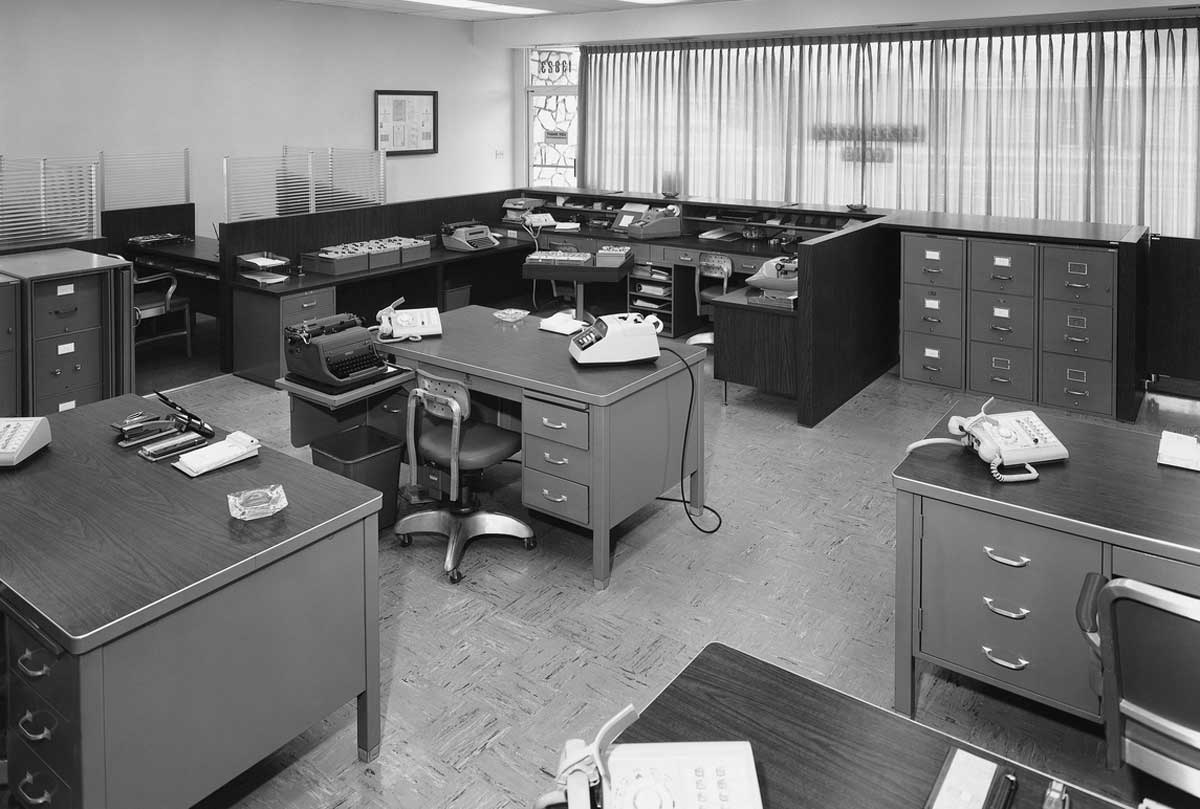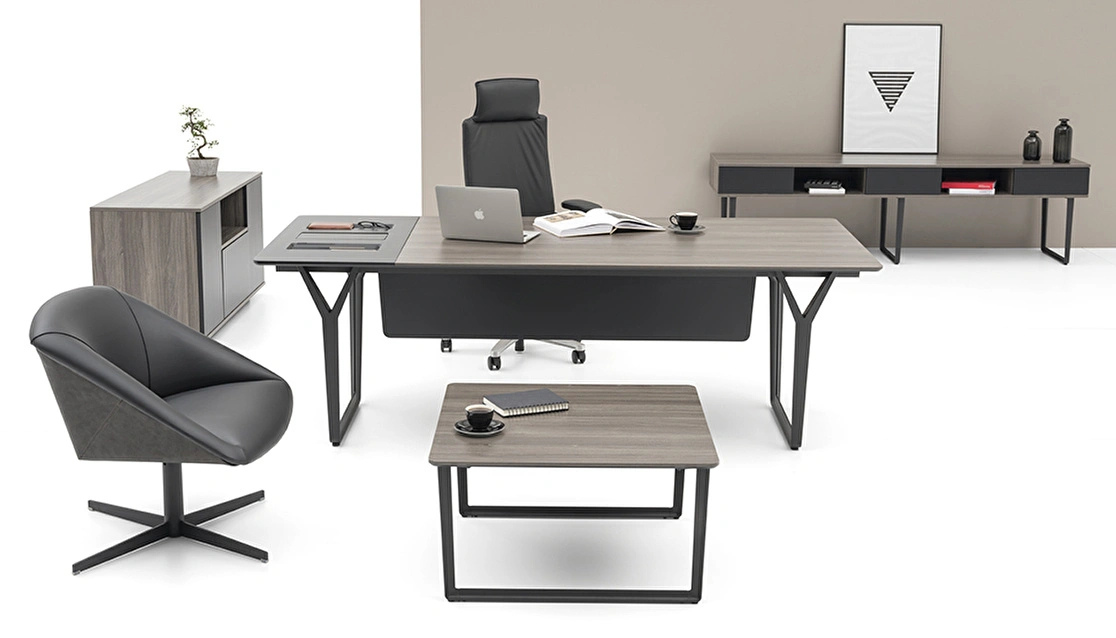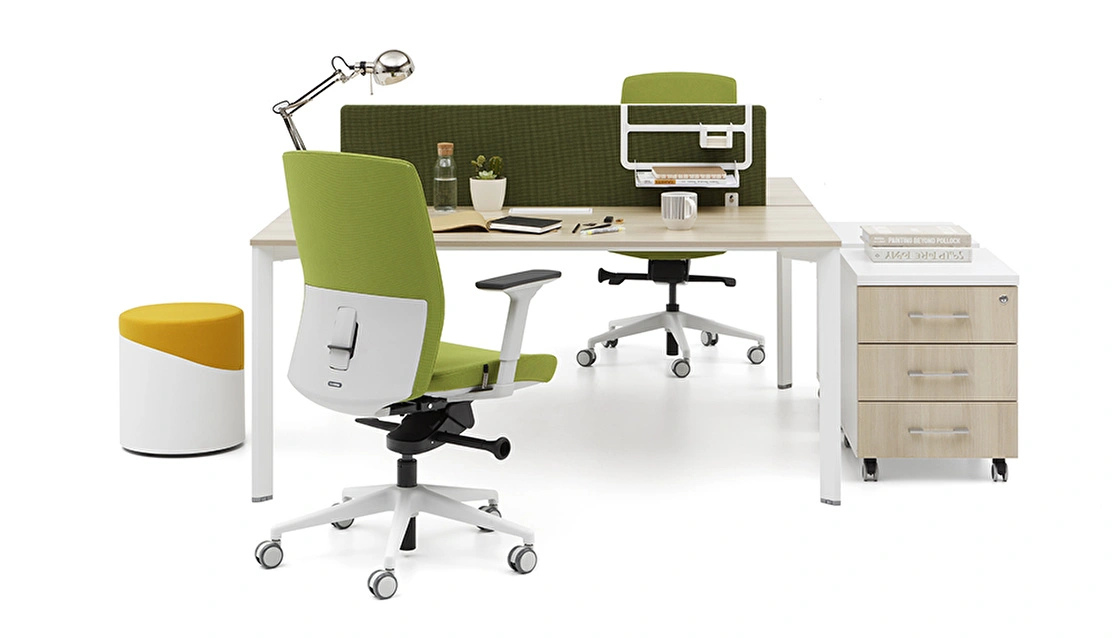Office Culture from Past to Present: The Story of Spatial Transformation
Throughout history, offices have not only been places of work, but also spaces that reflect the cultural, social, and economic structure of their time. Interior architecture, interior design, and office furniture have always played a decisive role in the development of office culture. Today, technology, ergonomics, and sustainability concepts are coming together to open the door to a whole new understanding of the office.
From Ancient Times to the First Office Layouts
Official buildings where state affairs were conducted during the ancient Roman and Greek periods laid the foundations for the first office culture. The furniture used in these spaces was simple; the focus was on functionality. Stone tables, large chairs symbolizing authority, and serious spatial arrangements stood out. Although the concept of interior design had not yet developed, power and hierarchy were evident in spatial designs.
Mass Offices with the Industrial Revolution
Starting in the 18th century, the first examples of modern offices emerged with the Industrial Revolution. The administrative centers of trading companies and factories consisted of large offices where hundreds of employees gathered in the same space. During this period, interior design was solely focused on efficiency. Tables arranged in long rows, uniform chairs, and standard furniture prioritized functionality over employee comfort.
The Birth of Modern Offices in the 20th Century
The 20th century marked the beginning of a new era in offices. Interior design began to focus not only on functionality but also on employee psychology and productivity. Open office layouts, designs that let in more natural light, and furniture solutions that allowed employees to communicate more easily were characteristic features of this period.
Office furniture also underwent a major transformation during this period. Ergonomic chairs, functional desks, storage units, and products with a focus on design began to be used. A balance between aesthetics and comfort was sought in offices.
The Digital Age and Today's Office Culture
By the 21st century, technology had accelerated the transformation of offices. Now, flexible spaces are being designed where employees can not only spend time at their desks but also socialize and express their creativity. Interior design and architecture have become the most important tools for reflecting a brand's corporate identity in the space.
Modern office furniture stands out for its ergonomics, modularity, and sustainability. Seating solutions that support employee health, smart furniture that integrates technology, and eco-friendly materials are indispensable elements of today's office culture.

Büroseren's Role in Office Culture
Today, aesthetics, functionality, and brand identity are considered together in office design. At this point, Büroseren produces solutions tailored to the modern needs of institutions with its many years of experience. Thanks to the interior architecture and interior design solutions it offers, it reflects the vision of brands in office spaces. At the same time, it enhances employee comfort and productivity with ergonomic and stylish office furniture. Büroseren develops environmentally conscious projects using sustainable materials, offering professional solutions for every scale, from home office setups to corporate executive offices. It stands out not only as a furniture manufacturer but also as a reliable interior design partner that brings an organization's identity to life in its spaces.
Office culture has continuously evolved over time in line with technological developments and social needs. Today, offices are not just places to work; they are spaces that support creativity, enhance employee happiness, and reflect brand value.
At the heart of this transformation are interior architecture, interior design, and office furniture. Büroseren continues to design the offices of the future by combining its experience from the past with the expectations of the modern age.
